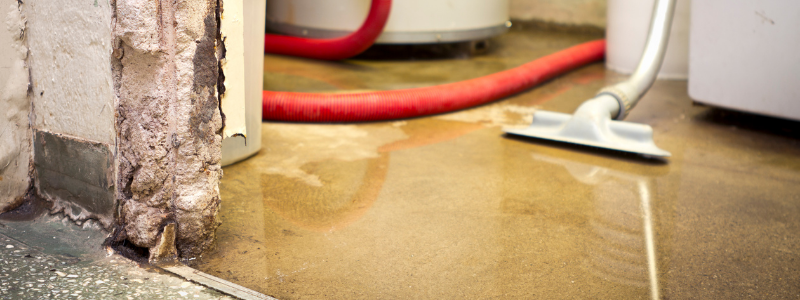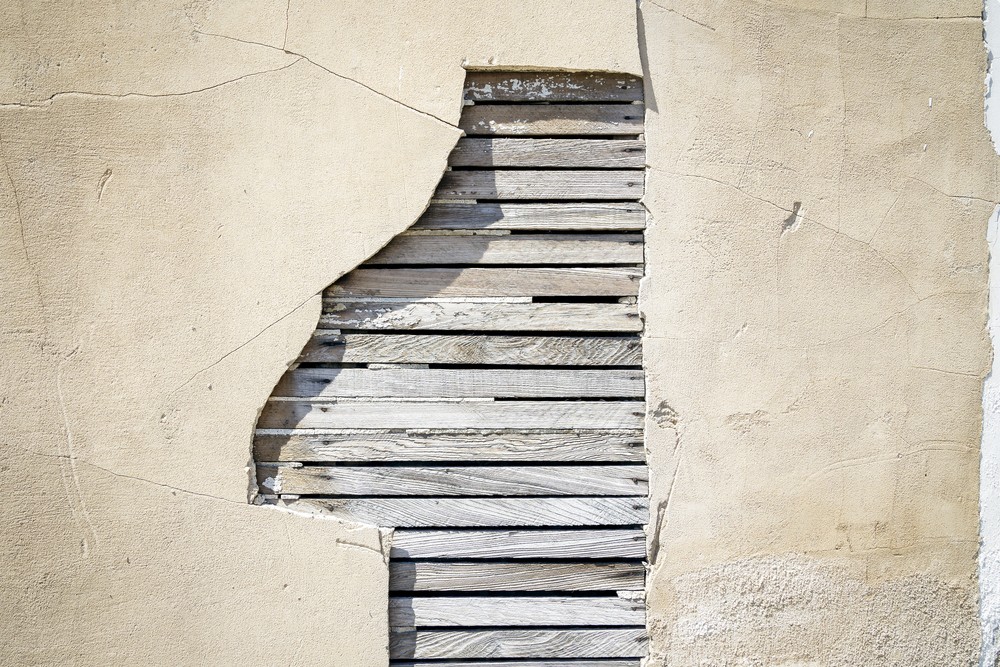The Single Strategy To Use For Total Home Water Restoration
Table of Contents4 Simple Techniques For Total Home Water RestorationAll About Total Home Water RestorationThe 10-Minute Rule for Total Home Water RestorationThe Total Home Water Restoration StatementsIndicators on Total Home Water Restoration You Need To KnowNot known Factual Statements About Total Home Water Restoration

And you need to turn off the main water valve if the leakage is larger or you see standing water. "This main shutoff is normally inside your home, likely in your cellar or garage, pretty near the hot water heater," claims Freeman, who tags the major shutoff for his customers since numerous people don't understand where it's located.
If you have a basement, ground water might be permeating in there. https://www.ted.com/profiles/49848407. While you might not know if your home is susceptible to water seepage, it's an excellent concept to save your valuables in the upper areas of your home just in case.
Some Of Total Home Water Restoration
Put a mask over your mouth and nose to stay clear of inhaling mold and mildew or germs. ceiling repair from water leak. If you're up against a risky or extreme scenario, it's probably time to call your insurance company, that will certainly direct you to an expert mitigator.
If you're not sure you ought to call in a specialist, consider this list of courses of water damage: Involves small damage impacting a tiny location with limited moisture. There's marginal, less than 5%, water absorption.
Now you're talking regarding the highest possible volume of water that's taking its sweet time evaporating. Perhaps your lawn sprinkler system malfunctioned or your water supply line stopped working.
4 Easy Facts About Total Home Water Restoration Shown
You'll need the large weapons who can do water damages fixing using customized tools for reliable remediation. Get out the dehumidifier (or rent one) to suck up the wetness and followers to relocate the air around to thoroughly completely dry all the influenced areas.
When your space is completely dry sufficient, it's time to clean. Keep in mind that when you're cleansing and sanitizing, you require appropriate air flow. Take into consideration employing specialists if mold and mildew is extreme. Clean very first with water and detergent, then use a disinfectant or sanitizer. Bleach and other disinfectants and sanitizers can eliminate microorganisms. However they don't function well unless you first tidy up the dust around the microorganisms, according to the Environmental Security Agency - bathroom remodeling after water damage.
You need to dry water-damaged locations within 24 to 2 days to protect against mold and mildew growth, according to the EPA. If the damages is very little, try this web-site consider a professional cleaning solution to get rid of water and assistance protect against mold development in between fibers. You can cleanse hard, nonporous furniture (glass and metal) with soap and water.
8 Simple Techniques For Total Home Water Restoration

Repair work or change floor covering based on how serious the damage is. Fixing or change damaged ceiling panels or floor tiles, and check for underlying architectural concerns.
Examine for leakages or damage in pipelines and components. A specialist plumbing technician ought to make significant pipes repair services. Don't worry that you'll require an expert for whatever.
The Best Guide To Total Home Water Restoration
A sump pump doesn't let the water degree rise expensive and removes the water, sending it away from your residence. It's typically located in the basement. drywall replacement after water damage. You may additionally purchase a water leakage discovery set, which monitors the circulation of water and aids you locate a leak in your plumbing
That will lower the danger of future water damages, he adds. "Water damage is the most usual and expensive disaster that individuals experience with their home.
4 Easy Facts About Total Home Water Restoration Described

In the areas in advance, we will cover Water damage can show up in numerous means, so early detection is essential. Begin by examining your walls, ceilings, and floorings for:: Try to find yellow or brownish discoloration on drywall and ceilings.: Inspect floors for any modifications, particularly in moisture-prone locations like restrooms and kitchens.: Expect black, eco-friendly, or white spots, and understand a stuffy scent.